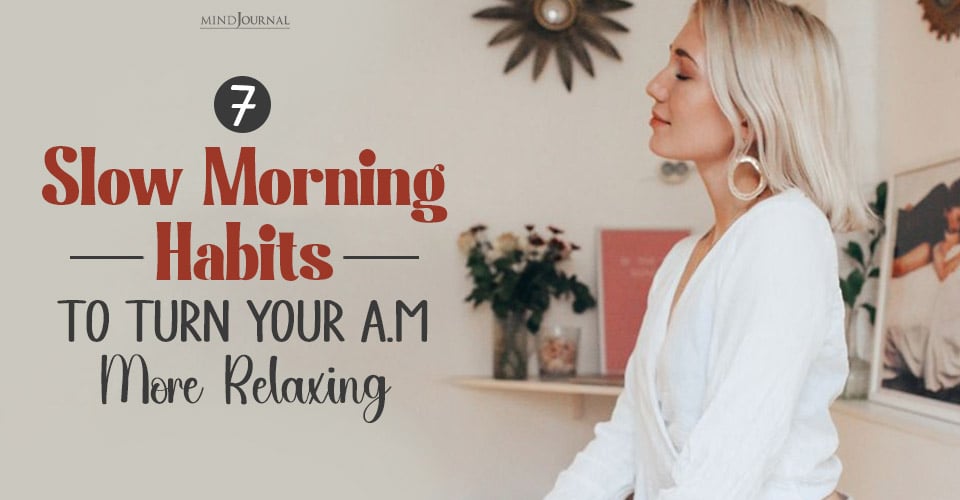The ideal and best temperature for sleep and reducing stroke risk has been identified by experts, shedding light on critical findings in sleep science. Let’s explore!
Achieving restful sleep is not only a comfort but a crucial factor in mitigating health risks. Regrettably, a substantial number of Americans, approximately 35%, grapple with sleep deficiency, according to the Centers for Disease Control and Prevention.
The repercussions of inadequate sleep stretch beyond mere annoyance, as it is correlated with a heightened vulnerability to obesity, diabetes, high blood pressure, heart disease, stroke, and mental distress.
The elderly are particularly affected, facing sleep disturbances due to factors like shifting sleep patterns, pain, illnesses, or medication. As highlighted by the National Institute on Aging, older adults experience changes in their sleep routines, retiring and rising earlier than in their younger years.
While existing research has predominantly concentrated on physical and behavioral facets of sleep issues, a new study underscores the significant influence of the sleeping environment.
So, What’s The Best Temperature For Sleep?
Dr. Amir Baniassadi and his team at the Hinda and Arthur Marcus Institute for Aging Research delved into this nexus, collecting data from nearly 11,000 nights of sleep among 50 older adults using wearable sleep trackers and environmental sensors.
Published in the Science of the Total Environment journal, the study revealed that the optimal bedroom temperature for older adults lies between 68 and 77 degrees Fahrenheit.
In fact, sleep efficiency and quality notably declined by 5% to 10% as the ambient temperature rose from 77 F to 86 F.
These findings underscore the potential to enhance the sleep quality of older adults by personalizing their thermal environments. Dr. Baniassadi underscores that personalized temperature adjustments based on individual preferences and circumstances could be instrumental in improving sleep.
Interestingly, the research also highlighted the divergent preferences among individuals when it comes to the ideal bedroom temperature. This diversity in preferences has even led some couples to resort to separate sleeping arrangements, echoing a trend seen decades ago.
Dr. Erin Flynn-Evans, a consultant to the American Academy of Sleep Medicine, suggests that partners sleeping apart can be beneficial when one partner suffers from a sleep disorder that might disrupt the other’s sleep.
A survey by the AASM indicated that couples are devising creative strategies like earplugs, eye masks, and altered sleep schedules to accommodate each other’s sleep needs. However, a notable portion of respondents chose a more direct approach to tackle their sleep woes: sleeping in different beds or rooms.
In essence, this research underscores the profound impact of ambient temperature on sleep quality, particularly for older adults.
It highlights the need for tailored approaches to create an optimal sleep environment, a consideration that could lead to improved overall health and well-being.







Leave a Reply